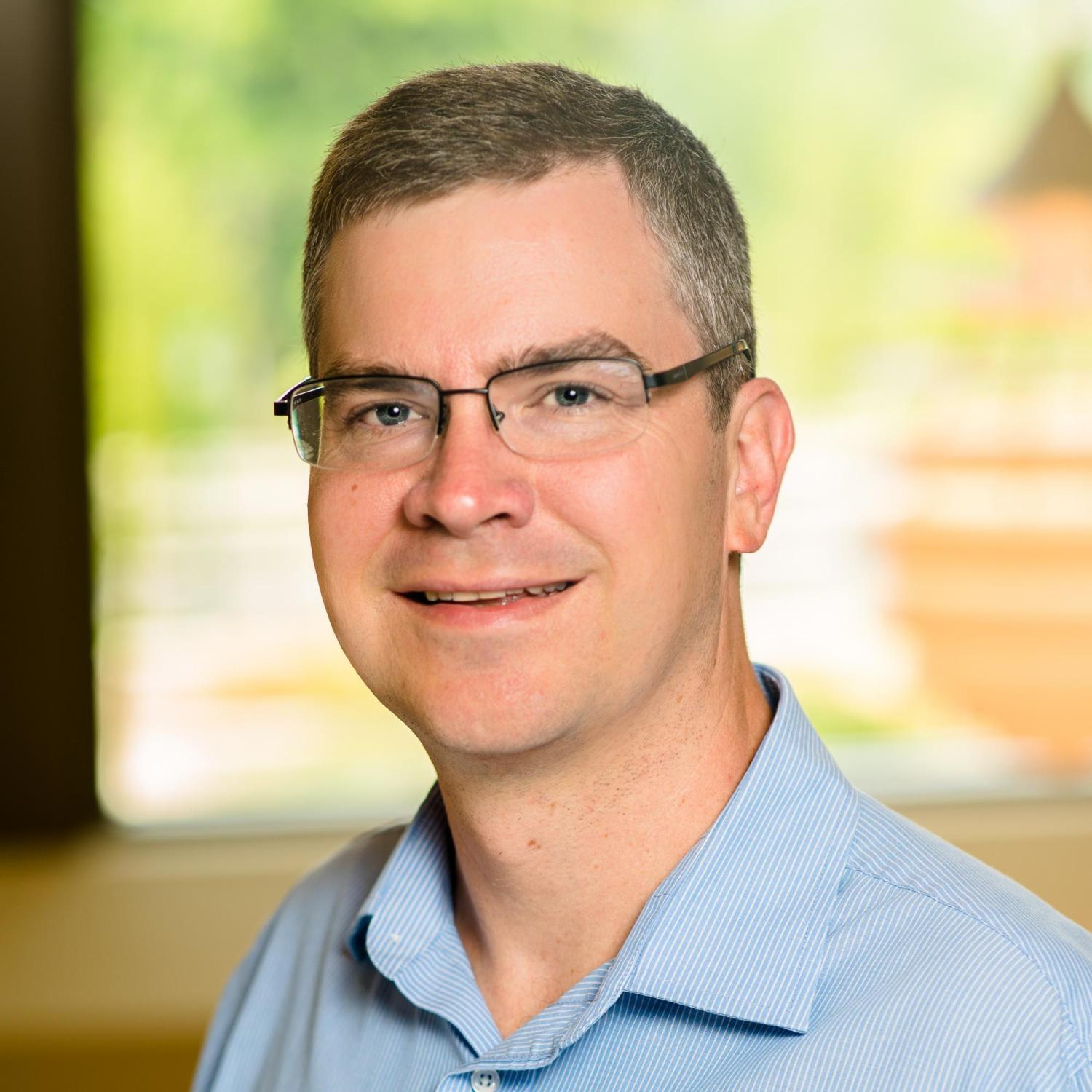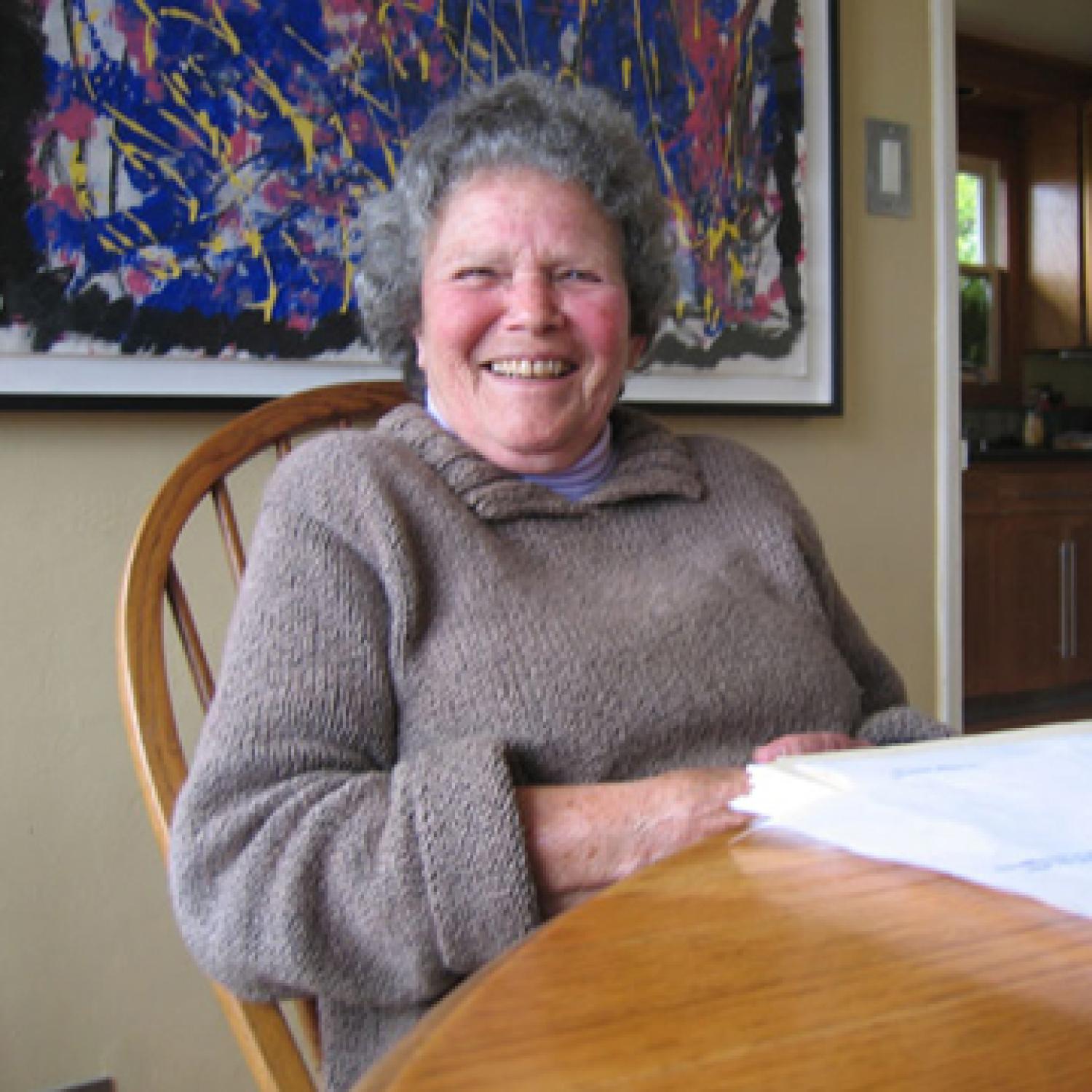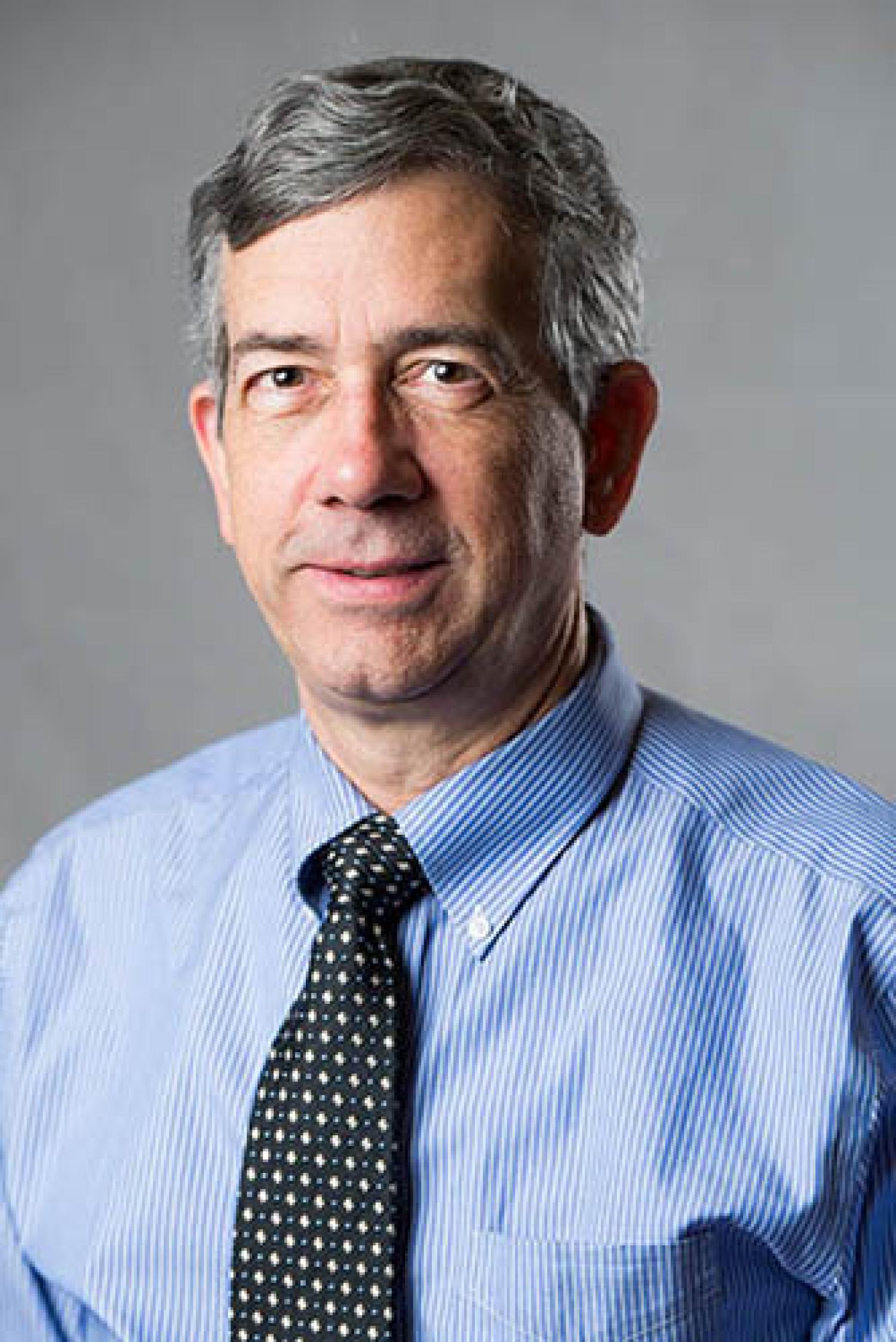Invited Presentations
On the Rhythmic Dialogues of Hip-Hop
Kyle Adams (Jacobs School of Music, Indiana University)
Rhythm is often considered the lifeblood of hip-hop music: in a genre that generally avoids large-scale melodic and harmonic trajectories, rhythm would seem to be the most salient, most active parameter. In the words of jazz drummer Max Roach, hip-hop’s primary characteristic is the employment of “rhythm for rhythm’s sake.”
And yet, for all the general agreement on the rhythmic vitality of hip-hop music, it proves surprisingly difficult to pinpoint where this vitality lies. The drumbeats and drum samples—where one would naturally look for rhythmic interest—are indeed highly syncopated, but repeat in four-beat cycles whose periodicity gradually diminishes their initial rhythmic energy. Where, then, is the celebrated “rhythm for rhythm’s sake” of hip-hop?
In this talk, I will argue that the rhythmic vitality in hip-hop comes not from a single parameter, but from the interactions of multiple parameters with the underlying metrical grid. I characterize these interactions as dialogues, and will describe three of the most important such dialogues and how they create the charged rhythms of hip-hop music. These are: the dialogue between rhyme and meter, the dialogue between motive and meter, and the dialogue between pitch and meter. Through close reading and analysis of these dialogues, we will uncover the forces behind the celebrated rhythms of hip-hop music.

Kyle Adams is associate professor and chair of the Department of Music Theory, and aural skills coordinator at the Indiana University Jacobs School of Music. He earned his Ph.D. from the City University of New York in 2006, where his dissertation explored chromaticism in pre-tonal music. He holds bachelor’s and master’s degrees in piano from the Mannes College of Music. Prior to joining the faculty at the Jacobs School, Adams taught courses in music theory, ear training, and keyboard skills at Mannes, Queens College, and Hunter College.
His bifocal research agenda involves music of the sixteenth century and hip-hop music. In sixteenth-century music, his work deals with tonal structure; to that end, he has published articles on the modes of polyphony and on Renaissance chromaticism in Theoria and in the Journal of Music Theory. Adams’ hip-hop research attempts to model the musical and rhythmic aspects of rap lyrics and how they relate to the underlying beat. He has published on these topics in Music Theory Online, Music Theory Spectrum, and the Cambridge Companion to Hip-Hop.
In addition to his research and teaching, Adams continues to work as an accompanist, primarily for singers and brass instrumentalists.

How to Teach Complex Rhythms
Brian Alegant (Oberlin College Conservatory)
This presentation advances a pedagogical platform for teaching complex rhythms in an undergraduate curriculum. I begin with a summary of some best practices I’ve used to teach post-tonal musicianship over the past several years, chief among them backwards design and universal design. I outline the principles used to design a module on contemporary rhythm, and share my observations and experiences with implementation, repertoire, assessment, analysis, and student engagement. And I share a number of strategies for helping students learn how to rehearse and internalize challenging material. My aims are twofold: to highlight the advantages of a repertoire-based and skills-based approach, and to provide a toolkit and a conceptual framework for instructors to craft their own modules on rhythm.
Brian Alegant is Chair of the Music Theory Department at the Oberlin College Conservatory, where he has taught since 1996, and the CASE and Carnegie Foundation 2015 Professor of the Year. His research interests include pedagogy, twelve-tone music, and analysis and performance, with a particular enthusiasm for contemporary music. He has served as editor of Intégral and Music Theory Spectrum, authored The Twelve-tone Music of Luigi Dallapiccola and over two dozen essays in journals and books, and premiered and recorded two works by the noted American composer Robert Morris. He is also the current chair of the Publications Committee for the Society for Music Theory.
From Action to Symbol: The Computer as Collaborator
Jeanne Bamberger (Massachusetts Institute of Technology)
In this paper I trace the work of Laf, an 8-year old boy, as he travels between his own body actions in clapping/drumming, to his design of numeric-symbolic computer procedures that re-generate his body actions in virtual sound space. Confronting the tension between his know-how in action, and know-about as expressed in symbolic form, he pursues a path into the mathematics of ratio, and proportion.
Laf’s journey starts from his participation in the group clapping of a 2:1 rhythm. This leads him to exploring the meaning of 1’s and 2’s as played by the computer’s drums and finally to the design of a whole table of equivalent ratios. I argue that the process is an example of spontaneously confronting and learning from the often troublesome tension between continuous body action and discrete static symbol.

Jeanne Bamberger is Professor Emerita of Music and Urban Education of the Massachusetts Institute of Technology and Adjunct Professor of Music at the University of California, Berkeley, where she teaches music theory and music cognition. Her interests include musical development and learning, in particular aspects of representations among both children and adults. She was a student of Artur Schnabel and Roger Sessions and has performed extensively as piano soloist and in chamber music ensembles. She attended Columbia University and the University of California at Berkeley receiving degrees in philosophy and music theory. Her recent books include (1995) The mind behind the musical ear (Harvard University Press), and (2000) Developing musical intuitions: A project based introduction to making and understanding music (Oxford University Press), and (2013) Discovering the musical mind: A view of creativity as learning (Oxford University Press).

Processes of Grouping and Pulse in Free Post-Tonal Canons
John Roeder (University of British Columbia)
Musicians often analyze canons as solutions to the problem of achieving exact imitation under a style-dependent set of constraints. This systematic view suits Renaissance polyphony, imitative tonal music, and less codified styles in which imitation controls textural density, involves “dissonant counterpoint,” or is subject to serial designs. However, it does not apply to canons with unknown constraints; it provides little basis for explaining deviations from exact imitation; and it does not address listeners’ dynamic experience of canon, particularly of meter and grouping. This paper aims to enrich the analysis of canon by addressing all three limitations together: it examines how canons and “free” deviations from exact imitation in seemingly unconstrained post-tonal music create formative and expressive processes of grouping and meter. Its method draws upon recent temporally oriented theories concerning the formation of segments, the varying salience of pulse, and durational projection.
Three analytical examples, instancing a variety of post-tonal styles, demonstrate these processes. In Reich’s Tehillim, a varying imitative delay between voices produces a succession of pulse streams that differentiate the text phrases. In a Kurtág song, “Vyelikaya byeda,” there is no tactus, but the variably timed voice and cimbalom trade leading and following roles in ways that promote a dramatic reading of the text. And in a tempo canon from Adès’s Lieux retrouvés, the different concurrent projective metric functions of the cello and piano parts are coordinated to articulate large-scale form.
As a music theorist and analyst, John Roeder describes ways that people conceive of music, and how music is heard to organize time coherently, expressively, and meaningfully. Roeder concentrates on music of special relevance today: recent works by contemporary composers in the Western art-music tradition, and the “world music” that globalization is now bringing to everyone’s ears. He has also directed graduate-student research in popular music, jazz, Renaissance polyphony, phenomenology, and spectral music.
Roeder is especially interested in rhythm, meter, musical transformations, mathematical and computational approaches to music, issues of semiosis and representation, and processive approaches to music. From 2000-2007 he directed research into strategies for preserving digitally created information, including music, as a member of the InterPARES project. He has held grants from the Social Sciences and Humanities Research Council of Canada to study Transformation in Contemporary Art Music, Periodicity in Music, and Approaches to the Analysis of Musical Time (the latter two in collaboration with my ethnomusicologist colleague, Michael Tenzer).
Roeder served on the editorial boards of Perspectives of New Music , Music Theory Spectrum, and Journal of Music Theory. He has been active in the Society for Music Theory, chairing, for instance, the Publications Committee. In June 2003 he conducted a Workshop at the Mannes Institute for Advanced Studies in Music Theory on “Transformational Approaches to Contemporary Music,” and in November 2008 led a seminar on “Analyzing Contemporary Music” for the Graduate Student Workshop Program of the Society for Music Theory.

